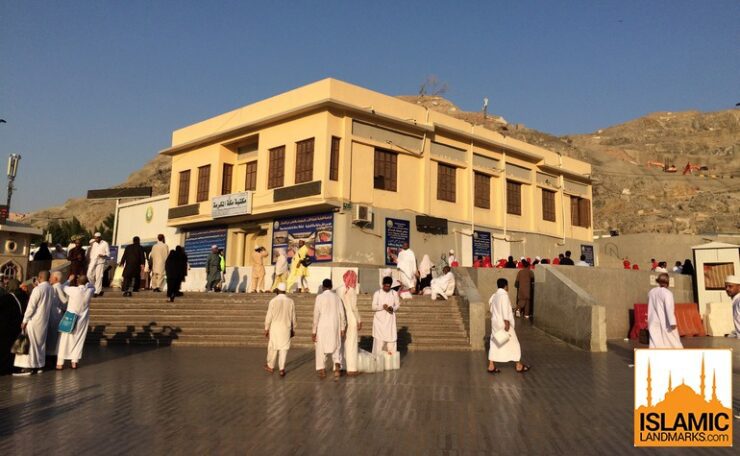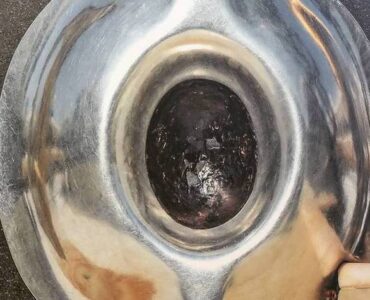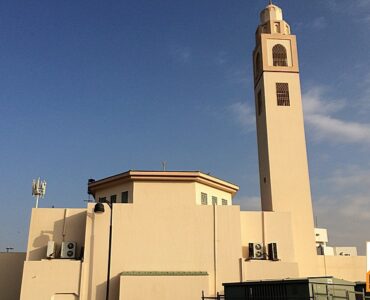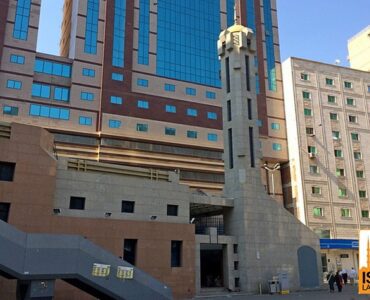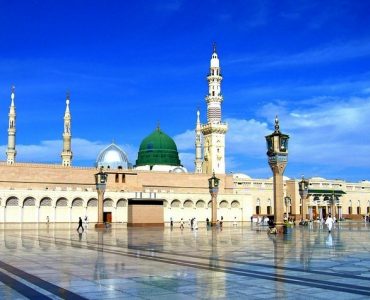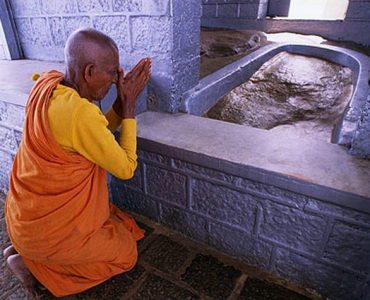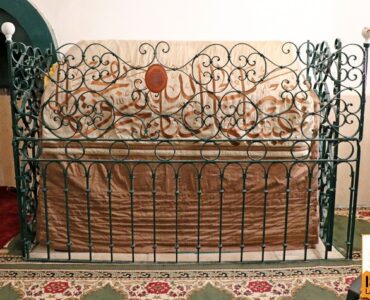This library, in She’eb Banu Hashim in Makkah is built over the birthplace of the Prophet (ﷺ) who was born in Rabi’ al-Awwal, in the ‘Year of the Elephant’ (April, 571 CE). His ancestry can be traced back to the Prophet Ebrahim (عليه السلام).
The father of the Prophet (ﷺ)
- The Prophet’s (ﷺ) father Abdullah died about six months before his birth. He had gone on a trading expedition to Gaza and Syria in the north and on the way back he had lodged with his grandmother’s family in Yathrib (later to be known as Madinah). He became ill, died and was buried there. Thus, the Prophet (ﷺ) was born an orphan.
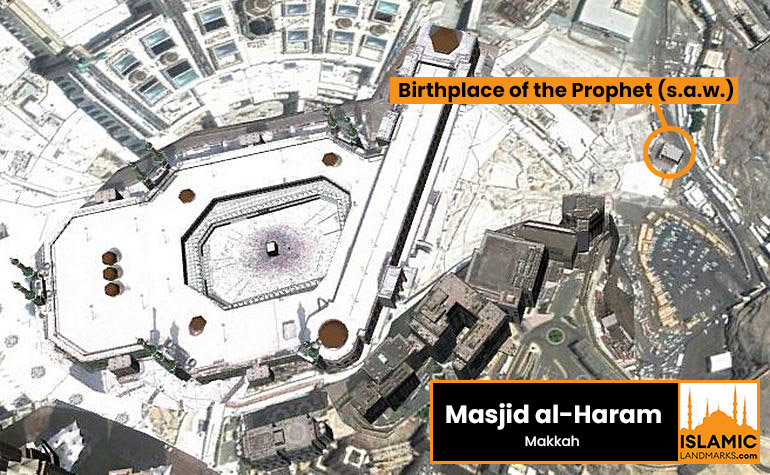

Birth of the Prophet (ﷺ)
- While his mother Aminah was pregnant, she had a dream that a light was emitted from her lower body that illuminated the palaces of Syria. When she went into labour, Shifa bint Amr, the mother of Abdul Rahman bin Auf (رضي الله عنها) served as midwife. Abdul Muttalib received the news of his grandson’s birth with joy. He took the newborn to the Ka’bah and invoked Allah’s blessings and thanks. Believing his grandson would grow up to be highly praised, Abdul Muttalib named him Muhammad, which means ‘he who is praised’. In keeping with Arab tradition, he then shaved the baby’s head and afterwards invited his fellow Makkans to a feast.
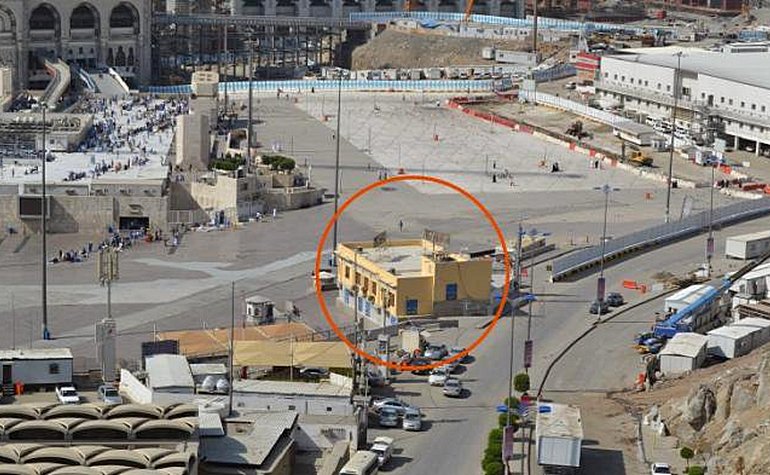

- According to the report of Abul-Fida, when the people asked Abdul Muttalib as to why he called his grandson Muhammad, preferring it to the names of his forefathers, he replied, “It is because I have a longing that my grandson should be praised and commended by one and all in the world.”
Nursing of the Prophet (ﷺ)
- Muhammad (ﷺ) was first nursed by his mother, and then by Umm Ayman, his father’s slave. An Abyssinian (Ethiopian) whose real name was Barakah, she embraced Islam and migrated to Madinah, where she died six months after the Prophet’s death. Barakah (رضي الله عنها) thus had the distinction of being the person who knew the Prophet (ﷺ) for the longest period of time.
- Thuwaybah, the slave of Muhammad (ﷺ)’s uncle Abu Lahab, also nursed the infant. At that time, Thuwaybah was also nursing her own child, Masrooh, as well as Hamzah bin Abdul Muttalib and Abu Salamah bin Abdul Makhzoomi. Hence, these men became foster brothers because they were nursed at the same breast. Thuwaybah suckled the Prophet (ﷺ) for seven days and on the eighth day he was entrusted to Haleemah of the Banu Sa’d clan to bring him up in the desert.
Layout of the house
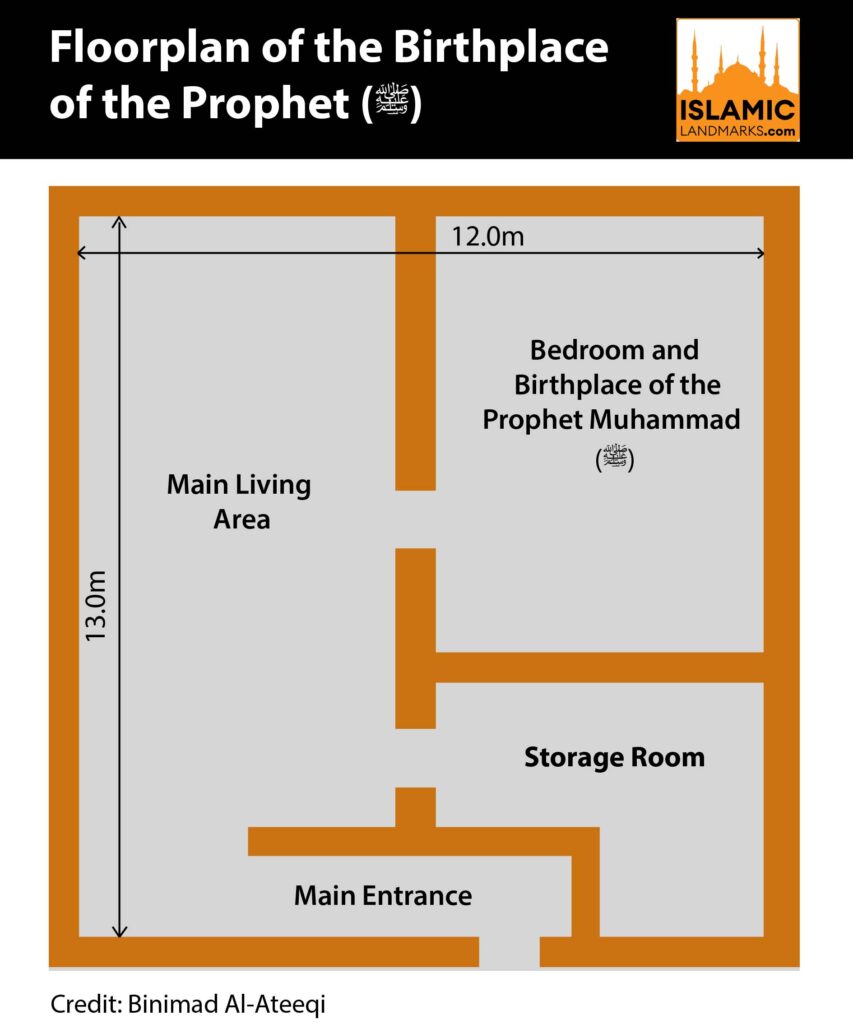

Miraculous events at the time of the birth
- Certain miraculous events are reported to have occurred at the time the Prophet (ﷺ) was born. However, most of them are not authentically related and therefore cannot be relied upon as decisive proof. This includes the narration which relates that some of the galleries of Kisraa’s (the Persian King’s) palace broke-up and collapsed, that the sacred-fire of the Magians, which had been burning for 1000 years in the Temple of Fars died-out and that some of the churches on Lake Sawah (in Iraq) collapsed and sank down.
- However, it is authentically related that the Prophet (ﷺ) said. “I am a result of the supplication of my father Ebrahim (عليه السلام) and the glad-tidings brought by Isa (عليه السلام). And my mother – when she bore me – saw that a light shone out from her, which lit up the palaces in Syria.” [al-Haakim]
Opinions regarding the birthdate
- The preferred view of scholars is that the Prophet (ﷺ) was born on 8th or 9th Rabi’ al-Awwal (19 or 20 April 571 CE) while others say that the 1st or 2nd Rabi’ al-Awwal (12 or 13 April 571 CE) are possible dates. Some believe it to be the 12th Rabi’ al-Awwal. The differences of opinion show that there isn’t a unanimous position among scholars of the exact date of the birth of the Prophet (ﷺ).
- Monday is a blessed day, since it has been related from Imam Ahmad that he said: ’Ibn Abbas (رضي الله عنه) said, “The Prophet (ﷺ) was born on a Monday, commissioned with prophethood on a Monday, passed away on a Monday, left as a migrant from Makkah to Madinah on a Monday, arrived in Madinah on a Monday and raised the Black Stone on a Monday.”
Lineage
- The noble lineage of the Prophet (ﷺ) is that he is Muhammad, the son of Abd-Allah, the son of ‘Abd al- Muttalib, the son of Hashim, the son of ‘Adb Manaf, the son of Qusayy, the son of Kilab, the son of Murrah, the son of Ka’b, the son of Lu’ayy, the son of Ghalib, the son of Fihr, the son of Malik, the son of al-Nadr, the son of Kinanah, the son of Khuzayaymah, the son of Mudrikah, the son of Ilyas, the son of Mudar, the son of Nizar, the son of Ma’add, the son of Adnan, until Prophet Ismail (عليه السلام), the son of Prophet Ebrahim (عليه السلام).
What happened to the birthplace of the Prophet (ﷺ)?
- When the Prophet (ﷺ) migrated to Madinah, the house was confiscated by Aqil bin Abi Talib. He was the cousin of the Prophet (ﷺ) and not a Muslim at the time.
- After the Prophet’s (ﷺ) death in 632 CE, this home initially remained in the hands of the family of Aqil bIn Abi Talib. It was then purchased by Muhammad bin YUsuf al-Thaqafi, the brother of the tyrannical Hajjaj bin Yusuf. This is why this property is recorded by many early books as being the property of Muhammad bin Yusuf.
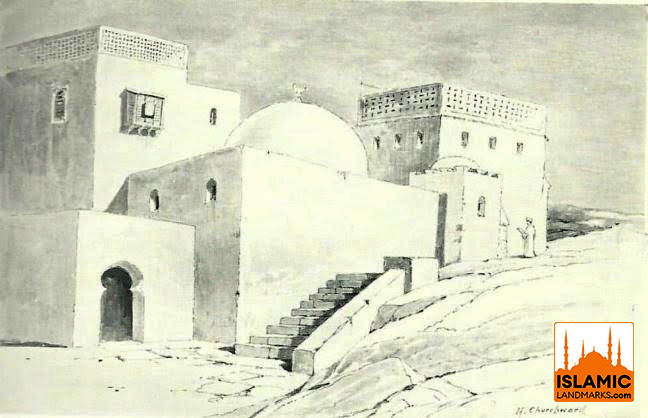

- When al-Khayzuran, the mother of the Abbasid caliph Harun al-Rashid, performed the Hajj pilgrimage one year, she purchased this property. She converted the birthplace of the Prophet (ﷺ) into a mosque where people would pray and also visit to see where the Prophet (ﷺ) had been born.
- The home continued to serve as a small mosque for many centuries, and was preserved, maintained, and renovated by various caliphs throughout the centuries, including the Abbasid caliph, Ahmad al-Naşir, who renovated it in 576 AH. Its internal layout, too, was maintained, with the mosque remaining visible on maps from as late as the twentieth century.
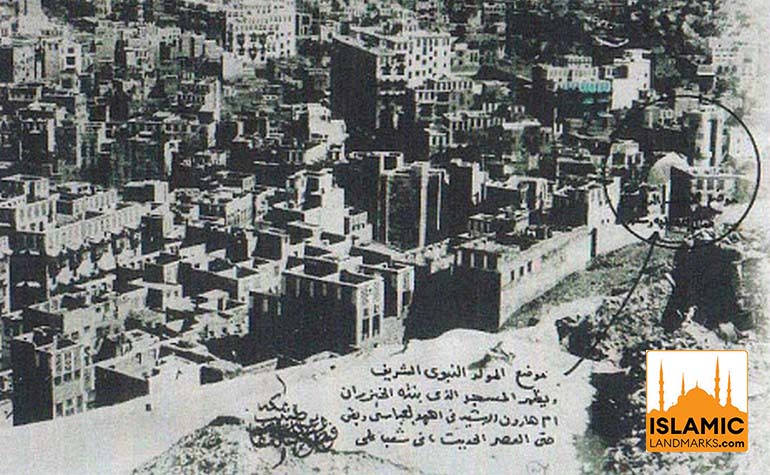

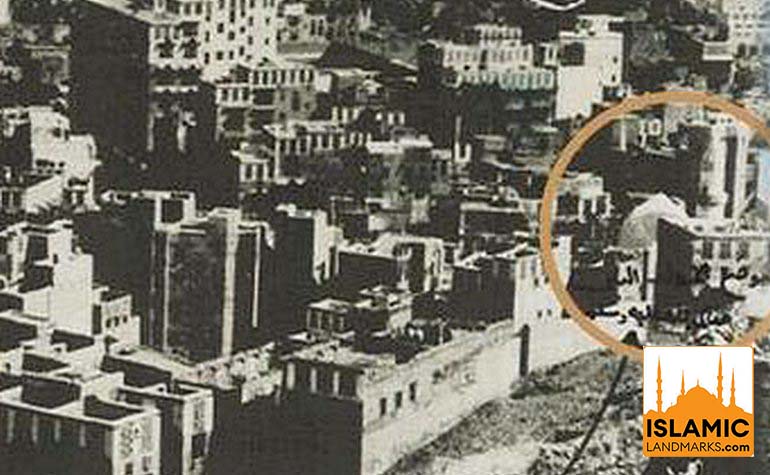

Conversion to a library
- The mosque didn’t exist by 1950. Under pressure from key religious figures of the time, the new Saudi government had levelled the house (and other significant historical sites) out of fear that people would make them a source of exaggerated veneration.
- However, the Mayor of Makkah at the time, Shaykh Abbas Yusuf Qattan, was alarmed by these developments. He was successful at obtaining a legal document to gain control of the site and established a small library on top of the foundations of the home in 1953.
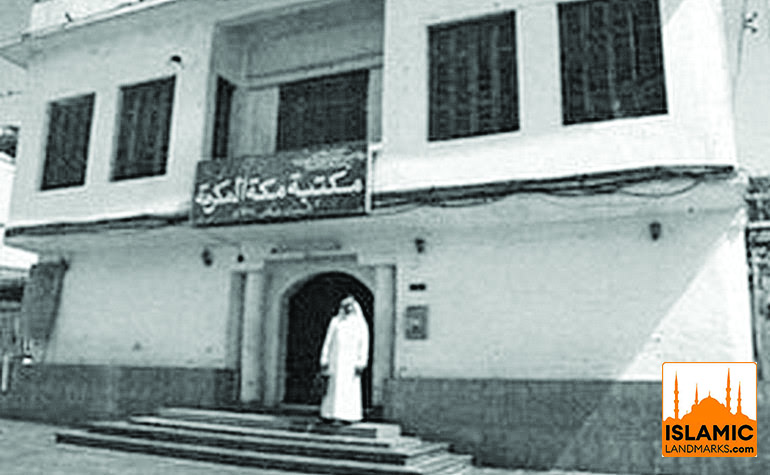

- The library consists of two small floors in a rectangular shape with the main façade on the west facing Masjid al-Haram. It houses a large collection of manuscripts and many rare local, Arab and Islamic newspapers and periodicals.
- Photos of the interior:
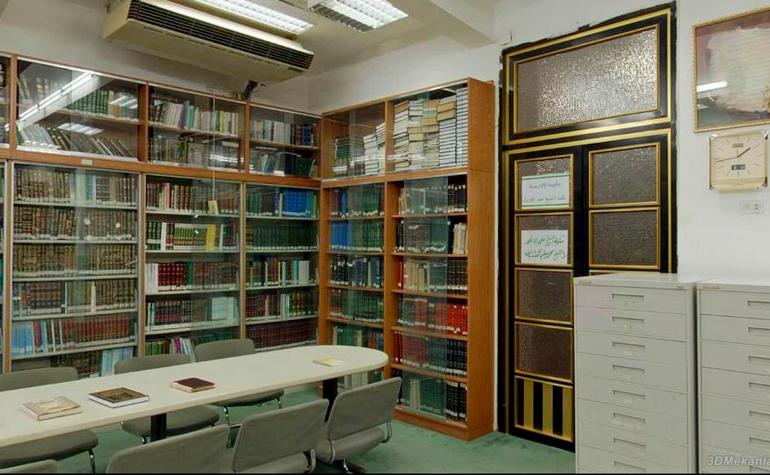

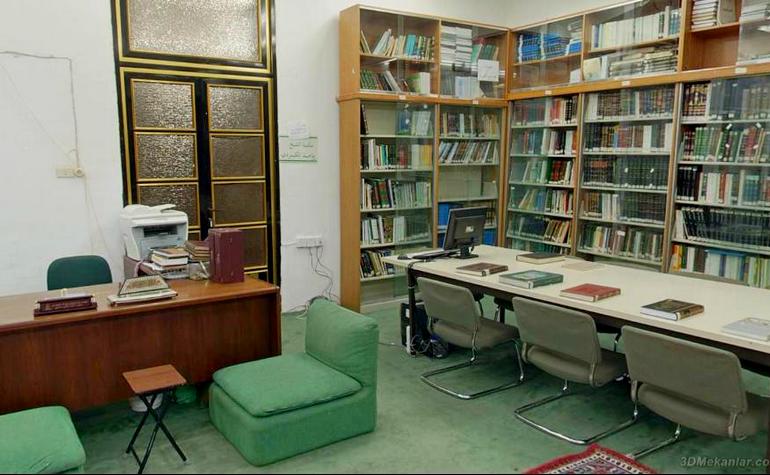

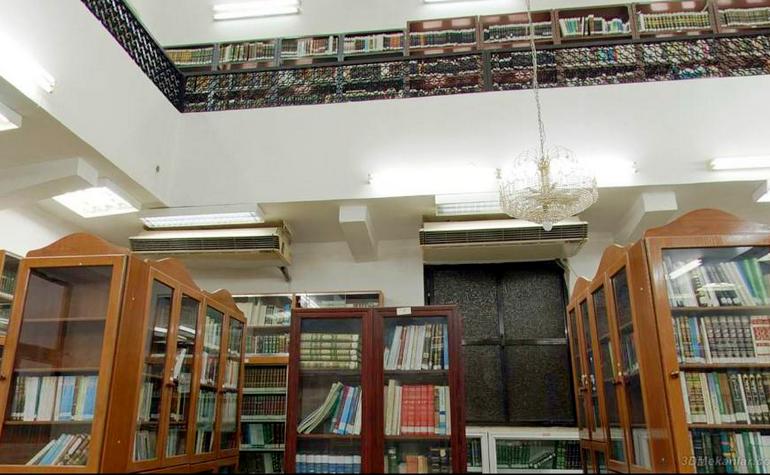

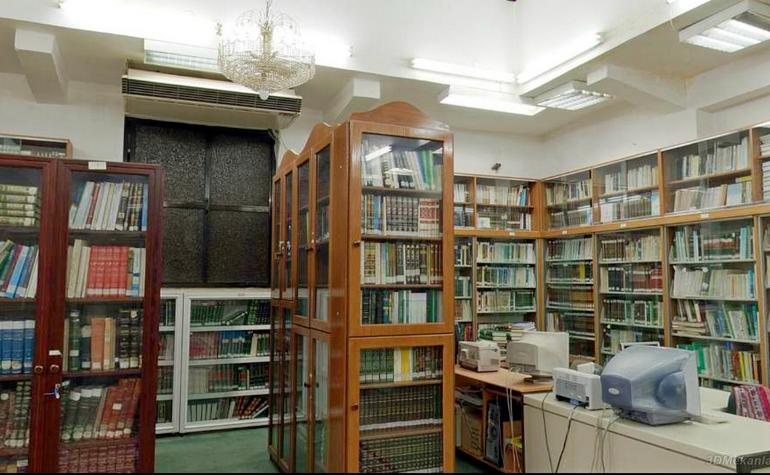

References: Muhammad the last Prophet – Sayyed Abul Hasan Ali Nadwi, When the Moon Split – Safiur Rahman Mubarakpuri, The life of Muhammad – Tahia Al Ismail, Muslimaccess.com. Islamicportal.co.uk, Makkah at the time of Prophet Muhammad (PBUH) – BinImad Al-Ateeqi

